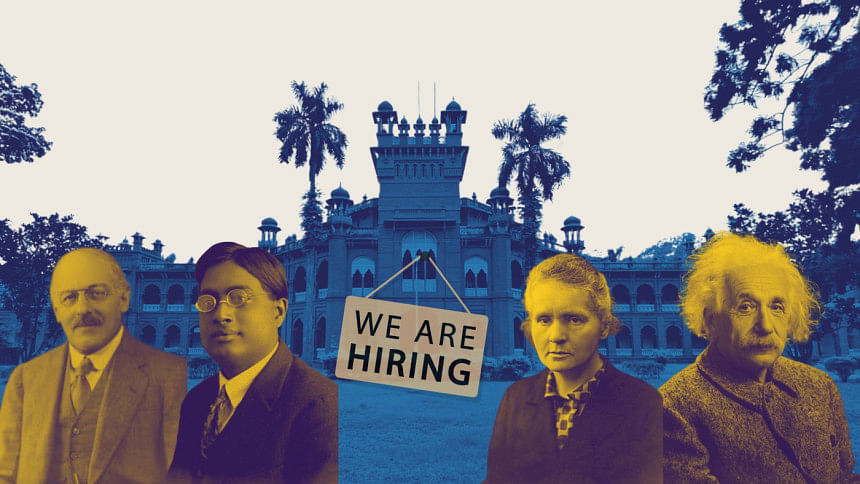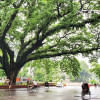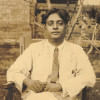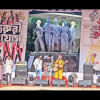Dhaka University: Faculty hiring in its early years

Recently, the faculty hiring process at Dhaka University has received intense scrutiny and has been criticised for its lack of focus on merit and for failing to seek the most qualified candidates for any department. It is indeed true that our most important national academic treasure, Dhaka University—where the best and brightest receive their education—will not be able to maintain its status in this competitive world unless proper attention is paid to hiring the best and most qualified faculty to educate the future generation.
The institution only needs to look back into its own history to see how it once focused on merit-based hiring at its inception, which catapulted its reputation both in the Indian subcontinent and beyond. A glimpse of history is presented here, where emphasis was strictly on merit-based hiring, international in scope and offering the best possible compensation to attract true scholars to Dhaka. PJ Hartog, who was the first vice-chancellor of the university in 1920, left no stone unturned in personally seeking out the best and brightest for the university, which opened its gates in July 1921. PJ Hartog (1864-1947) was the most influential figure in the leadership of Dhaka University in its foundational years. He had 17 years of experience as the registrar of the University of London between 1903 and 1920 before coming to Dhaka to lead Dhaka University during both its inception and early years.
Dhaka University began its journey with a clear goal of appointing the most capable faculty. The British Board of Education (BOE) provided essential assistance in faculty selection. A selection committee was formed in 1920 with key members in the areas of English literature, history, political economy, phonetics, mathematics, chemistry, and physics. The members of the selection committee were exceptional academics. For example, for English literature, there were three members on the committee. Two of them were Professor William P Ker, who was the Oxford professor of poetry, and Sir Sidney Lee, a professor of English classics at the University of London. On the search committee for physics, Sir Arthur Schuster was a member. He was a fellow of the Royal Society (FRS) and a professor at the University of Manchester. One of the other members out of the three was Sir William Bragg, also an FRS. Professor Bragg won the Nobel Prize in Physics in 1915 and was a professor of physics at University College London. In the search for a head of the department of physics, the committee was having difficulty finding a suitable candidate.
The physics search committee asked Vice-Chancellor Hartog to write to Professor Ernest Rutherford, another Nobel laureate, who was then the director of the Cavendish Laboratory in Cambridge. Hartog contacted Rutherford, who recommended a physicist, Dr JL Glasson. Hartog then asked Bragg to compare him with Professor Jenkins of Dhaka College. Ultimately, the position went to Jenkins. The quality of the selection committees ensured that highly qualified faculty would be part of the new university. This serves as an example of Hartog's attention to detail, and it is remarkable that Dhaka University was consulting Nobel laureates for the selection of its science faculty as early as 1920.
The search for excellent faculty was one of the highest priority agendas of the vice-chancellor, Sir Philip Hartog. In a private letter to Lord Ronaldshay on June 30, 1920, the governor of Bengal, he outlines the initial hiring of eight professors and five readers in various subjects. This was about one year prior to the opening of the university. His commitment to excellence is evidenced in this letter, in which he sought a high-calibre scholar for the head of the department of Islamic Studies.
He writes: "A point of great importance is the question of the Headship of the Islamic Department. Zia-uddin was very keen that the Head should be an Englishman, and the rest of the Commission deferred to his judgment on that point. But I have made private enquiries and there seems to be no Arabic scholar in England of sufficient standing who would be likely to accept such a post. On the other hand, Arnold, of the India Office, himself one of the most distinguished Arabic scholars, tells me that Dr Siddiqui, who worked at Cambridge under Browne, and also under the most distinguished German scholars for seven or eight years, is a scholar of the first rank, and in his judgment by far the best available person. Dr Siddiqui is now at Aligarh."
Hartog had set the stage from the university's inception that merit would be the basis for the selection of faculty and administration. This vision of leadership was instrumental in defining Dhaka University as one of the outstanding institutions in all of India.
International fame for Dhaka University came with physicist Satyendranath Bose's communication with Einstein in Berlin and Einstein's interest in the paper sent by Bose. Bose was hired by PJ Hartog. He joined Dhaka University as a reader in physics in 1921. He became head of the department and later dean of science. Einstein translated his paper on "Light Quantum" into German for publication. Aware that his derivation was the logical outcome of Einstein's own line of thought, in June 1924 Bose sent his paper to Einstein, who, recognising its merit, immediately translated it himself. Their collaboration led to Bose-Einstein statistics, and his contribution later led to the naming of an elementary particle—the "boson"—in his honour. The experimental proof of the Bose-Einstein condensate led to a Nobel Prize being awarded to three American physicists in 2001. Professor Bose was sent to Europe with funding from Dhaka University in 1926 and spent time with Louis de Broglie, Marie Curie, and Einstein. He visited well-known physics laboratories and attended technical meetings. He provided many years of dedicated service as a teacher, mentor, and academic leader. His life's best scientific work was conducted at Dhaka University.
It is recognised that Dhaka University is much larger now and that even if Hartog were here today, he would not have time to personally seek the best candidates for faculty positions. However, it is a lesson for all of us that focusing on proven scholarship should be the main criterion in hiring the most qualified faculty, and that a merit-based hiring system must be fiercely implemented to continue the institution's early traditions. In this new century, we expect nothing less from Dhaka University.
Anique Newaz has an MPhil degree in South Asian Studies from the Cambridge University, UK.
Views expressed in this article are the author's own.
Follow The Daily Star Opinion on Facebook for the latest opinions, commentaries and analyses by experts and professionals. To contribute your article or letter to The Daily Star Opinion, see our guidelines for submission.

 For all latest news, follow The Daily Star's Google News channel.
For all latest news, follow The Daily Star's Google News channel. 









Comments